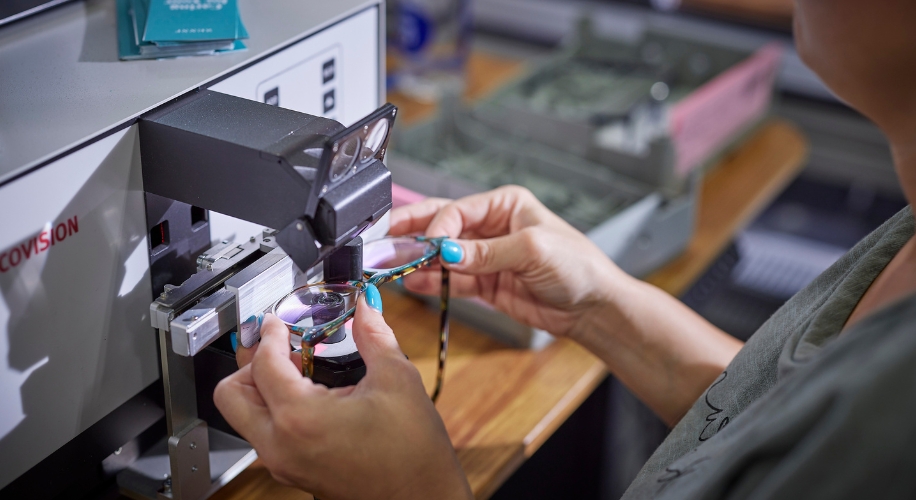The Evolution of Frame Materials in Eyewear
- BY Dr. Steven Liem
- IN Frames

From the earliest days of eyewear, the materials used to construct frames have been pivotal in providing durability, comfort, and style to the glasses we rely on. As an eye care provider, we understand the importance of selecting the right material for our patients’ needs, whether it’s for everyday wear or specific professional requirements. Let’s explore the remarkable journey of frame materials and how they’ve shaped the eyewear industry over time.
Early Materials: The Dawn of Eyewear
In the beginning, eyeglasses were considered a luxury item, crafted from materials that were available at the time. The earliest frames were made from natural materials:
- Leather and wood were used for their ease of carving and availability.
- Animal horn and tortoiseshell became popular for their unique patterns and sturdiness.
However, these materials had their drawbacks, such as a lack of durability and the ethical concerns of using animal products.
The Industrial Revolution: Metals and Plastics

With the advent of the Industrial Revolution, eyewear manufacturing saw a significant shift. Metal frames, particularly those made of steel and aluminum, gained popularity for their strength and resilience. This era also welcomed the introduction of celluloid plastic, which revolutionized the eyewear industry by offering:
- A lightweight alternative to heavier materials.
- The ability to mold into diverse and intricate designs.
- Variety in colors and patterns, enhancing the fashion aspect of eyewear.
These innovations in frame materials allowed for mass production and led to eyewear becoming more accessible to the general public.
Modern Advancements: High-Tech Materials
Today, the materials used in frame manufacturing are incredibly varied, sophisticated, and tailored to specific needs. Some of the most noteworthy modern materials include:
- Titanium: Known for its exceptional strength-to-weight ratio, titanium frames are both durable and hypoallergenic, making them ideal for sensitive skin.
- Stainless steel: A staple for its corrosion-resistant properties and sleek appearance.
- Memory metal: This innovative material can return to its original shape even after bending, providing an extra level of durability.
- Acetate: A type of plastic celebrated for its flexibility and rich color saturation, leading to vibrant and lasting designs.
As technology progresses, so does the ability to create eyewear that is not only functional but also aligns with the wearer’s lifestyle, professional requirements, and fashion preferences. For instance, healthcare professionals can choose from specialized materials that offer anti-fog and protective qualities, essential for medical environments.
Future Trends: Sustainable and Smart Materials

Looking towards the future, frame materials continue to evolve with a strong emphasis on sustainability and innovation:
- Eco-friendly materials, such as biodegradable acetate and recycled metals, are gaining traction as the industry moves towards more sustainable practices.
- The emergence of smart frames that incorporate technology for various enhancements, including health monitoring and augmented reality experiences.
As the demand for personalized and functional eyewear grows, so does the exploration of new materials that can enhance performance, comfort, and style. The evolution of frame materials is a testament to the innovation and adaptability of the eyewear industry, always moving forward to meet the changing needs and desires of its consumers.
For those interested in the latest advancements in frame materials and styles, our extensive collection at Zenni Optical offers a range of options to suit any preference. Whether you’re in search of lightweight glasses or durable frames for a busy lifestyle, the perfect pair awaits.

